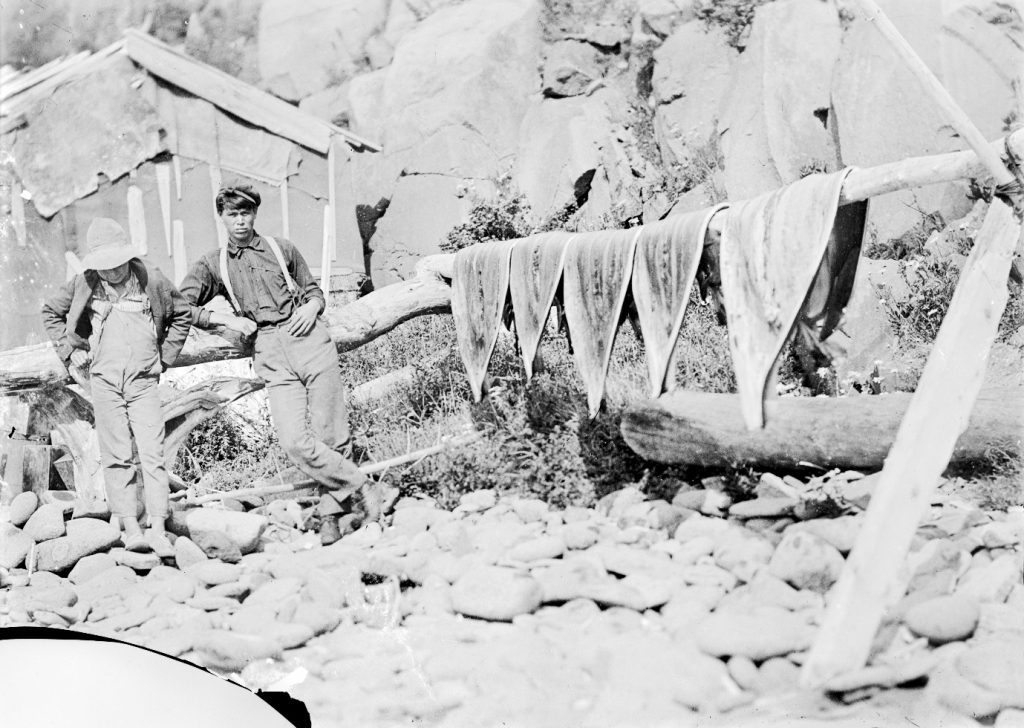Materials required: a logbook or notebook, drawing paper, ball of yarn, projector, whiteboard
- List the following words on a board: food, water, shelter, space and ask students to repeat the words after you.
- Ask the students what shelter and space are. Make sure all four words are understood before you proceed.
- Give students drawing paper and ask them to draw a picture of where they live, including where they find water, shelter, space, and food. Ask the students to label the parts of their drawings.
- Tell students that when food, water, shelter and space go together in a way so that animals (including people) can live, we call that place a habitat. The food, water, space and shelter are in an arrangement that makes it possible for animals and humans to live. The arrangement is different for each animal or human, but all have similar basic needs. Write a sentence on the whiteboard for all to see defining habitat, for example: Habitat is a place. It has food, water, shelter, and space. These are things that animals, including humans, need to live.
- Take a brightly coloured ball of yarn. In groups of four, each child wears a label that says either food, water, space or shelter. Connect the “food”, “water”, “space”, and “shelter” by having each child take hold of one long string of the yarn. The children all connected by yarn represent a suitable arrangement of food, water, shelter and space to meet an animal’s needs. Explain that this is an arrangement that will allow animals and humans to live. Have the groups expand the yarn to its biggest size or shorten the yarn and move in closer. In this way, the yarn can represent some large animals’ need for a large habitat — like a bear or a moose. For a short distance standing close to one another, this will represent some animals’ smaller habitat, like that of an insect. Would Indigenous people need a large or a small habitat? Why?
- Look at the photograph below. This photo was taken about 120 years ago. It shows Passamaquoddy and was taken at Grand Manan Island. What animal are they drying? What does it show you about their habitat? Would the men in this picture be able to live here year-round?
- In your logbook make a note of something you have learned about habitat or some more questions that you would like answered about the habitat in which you live.





